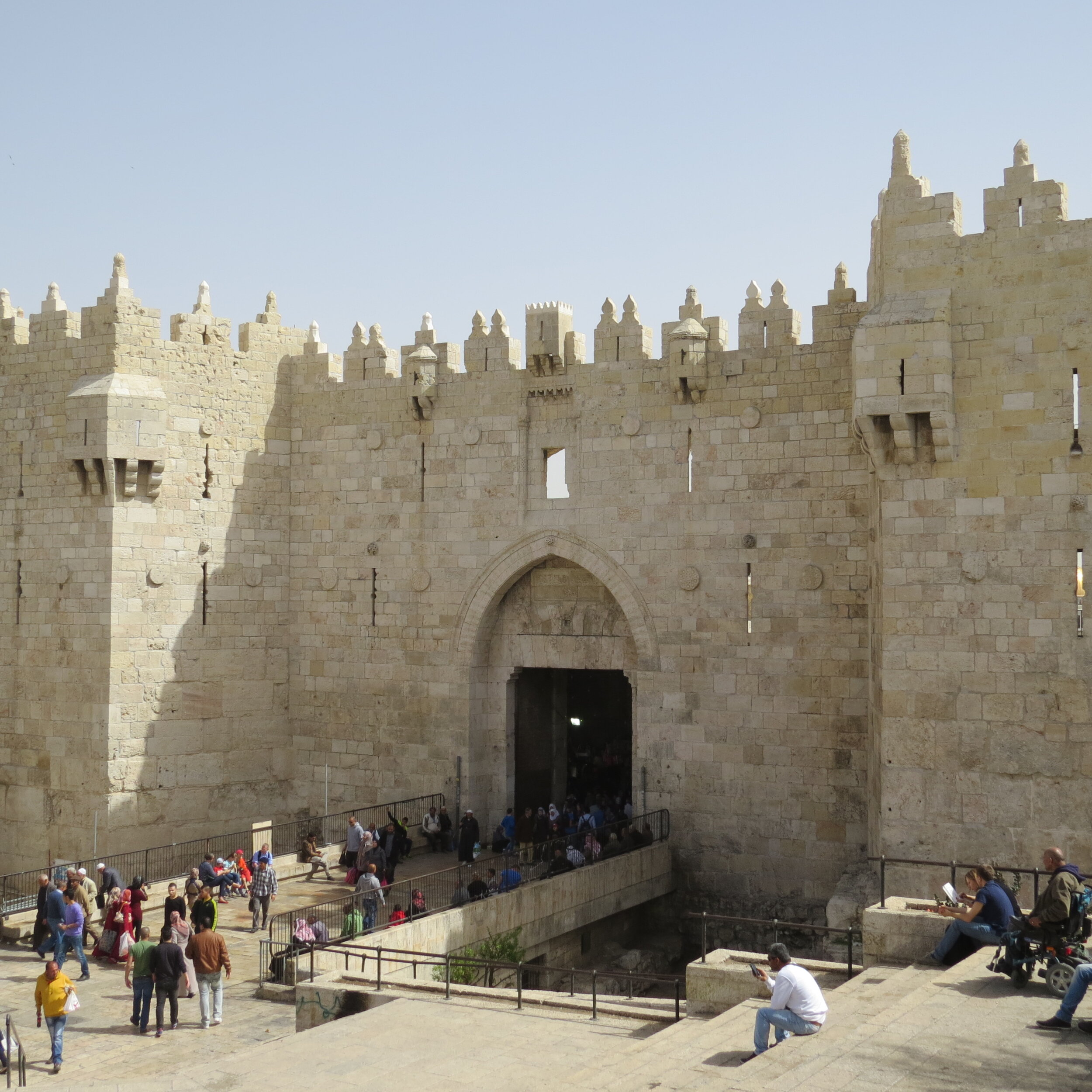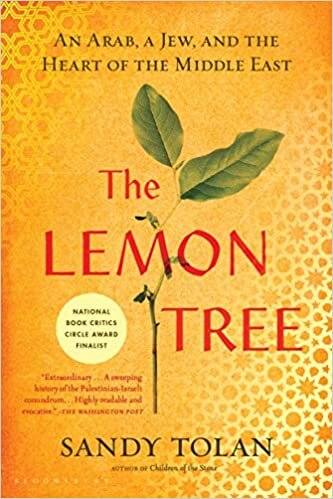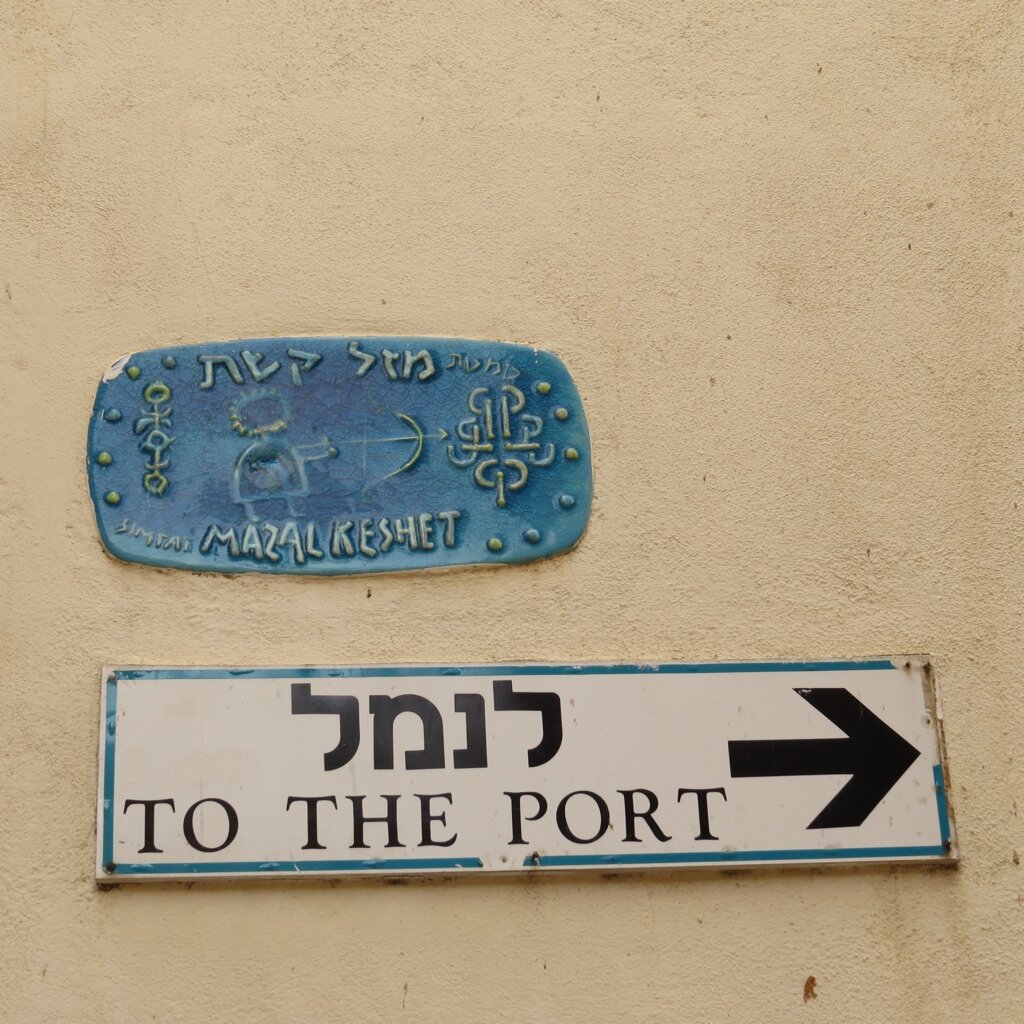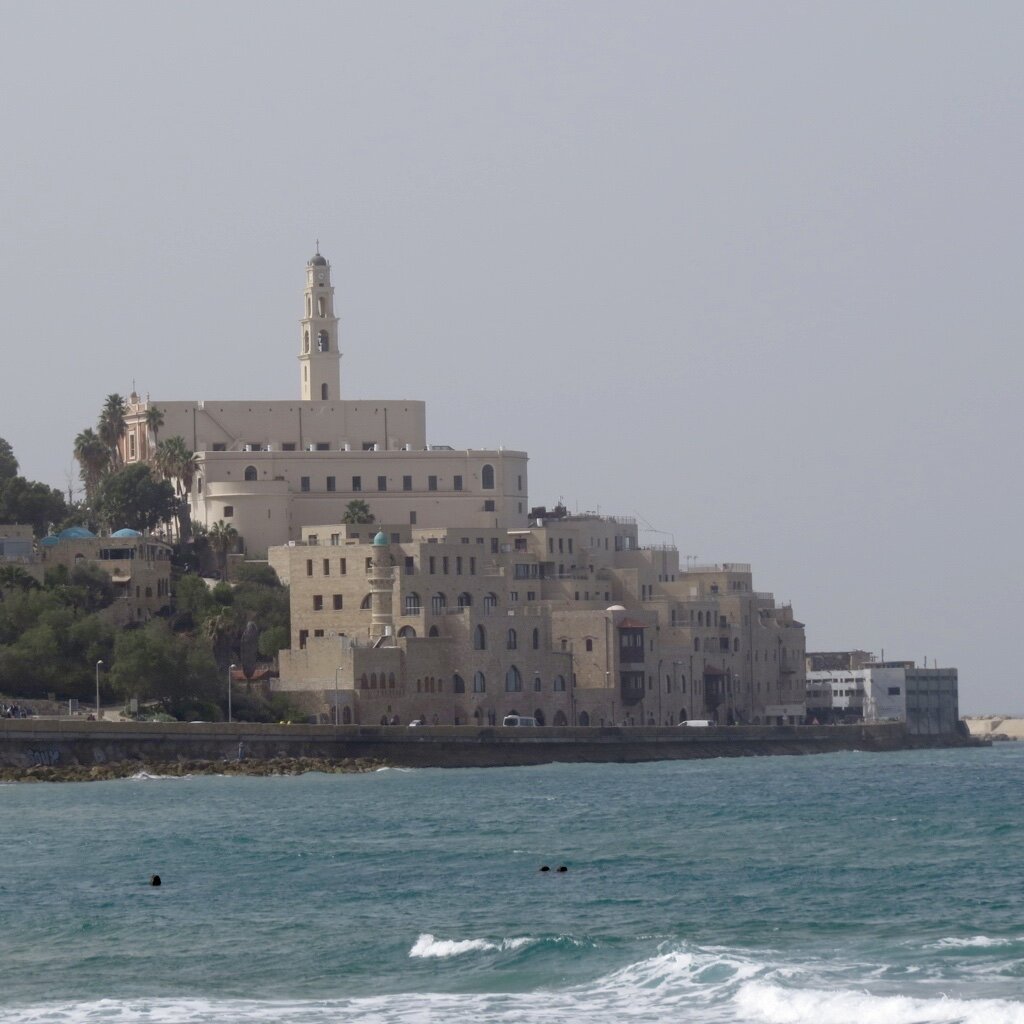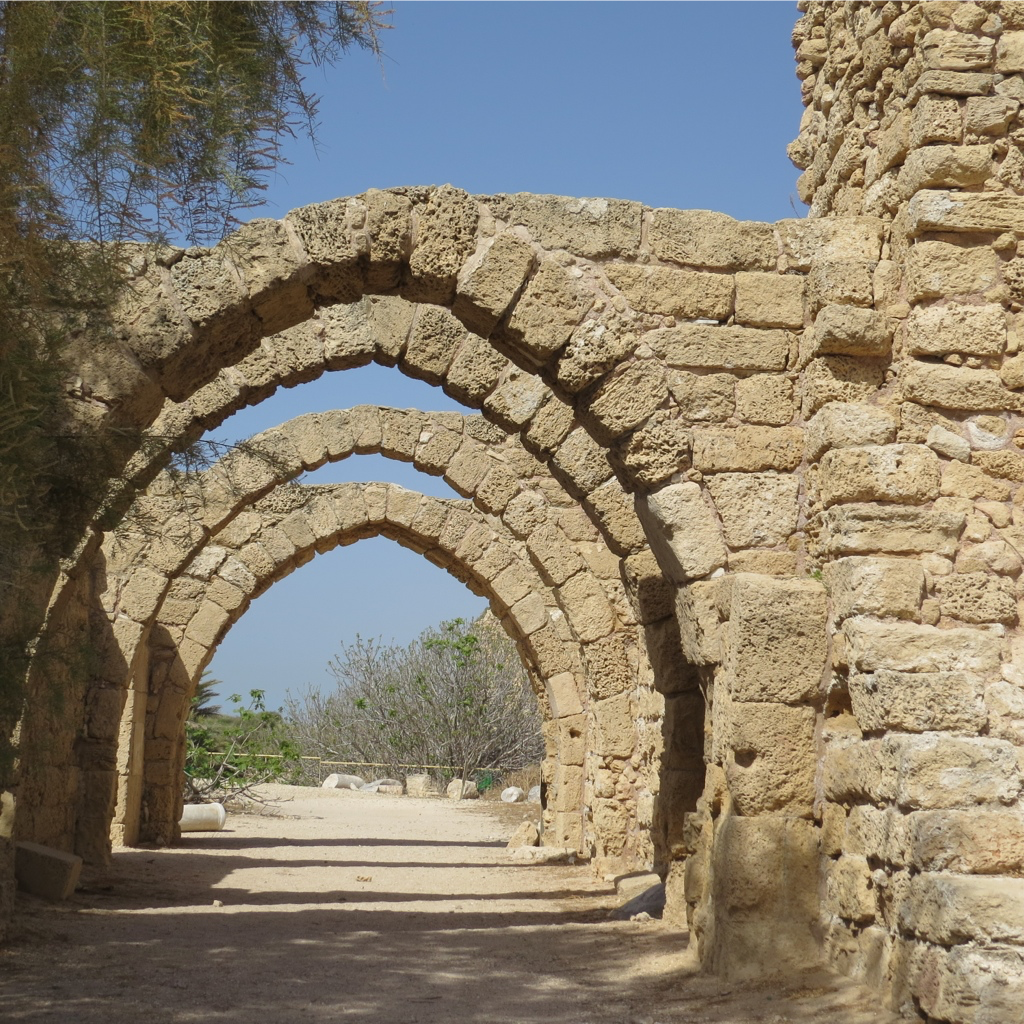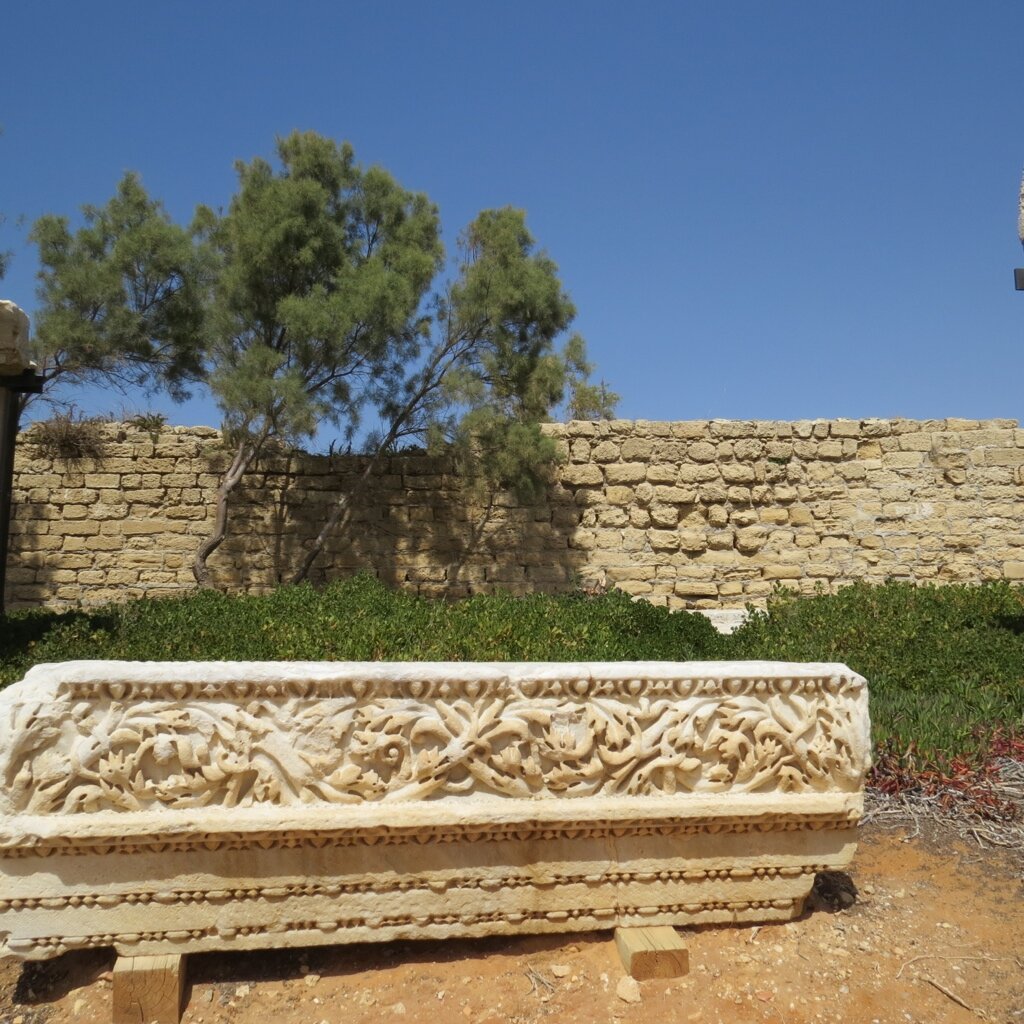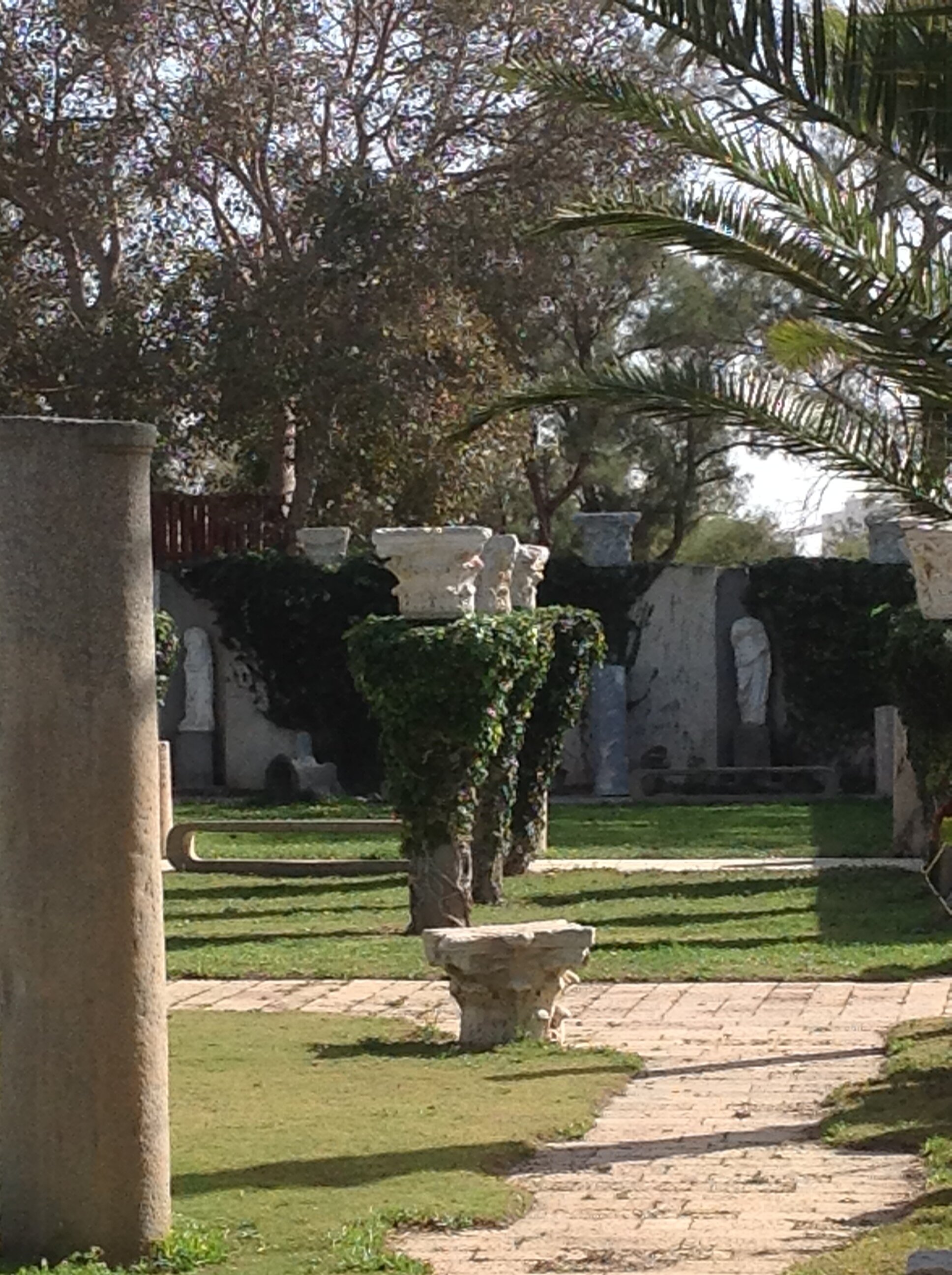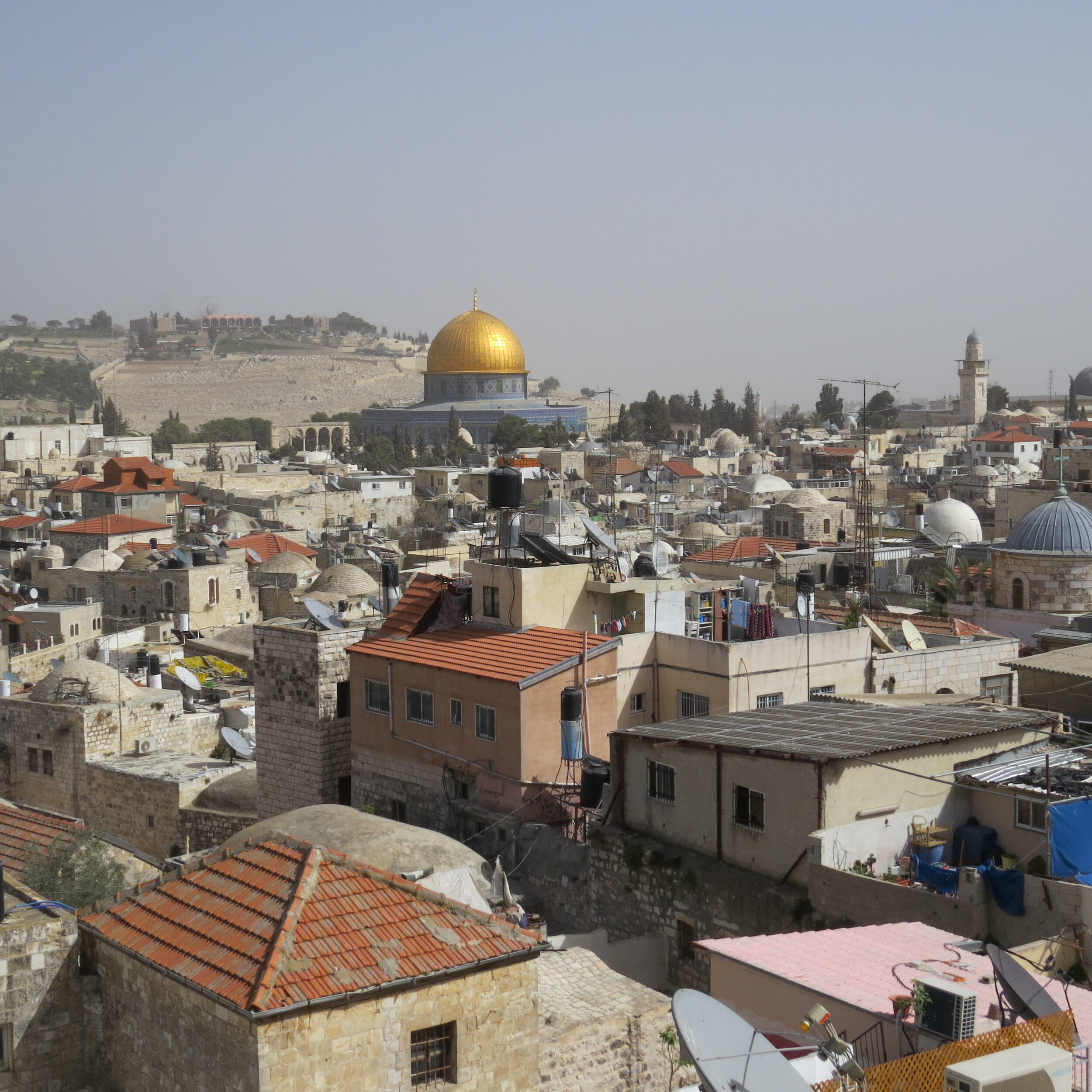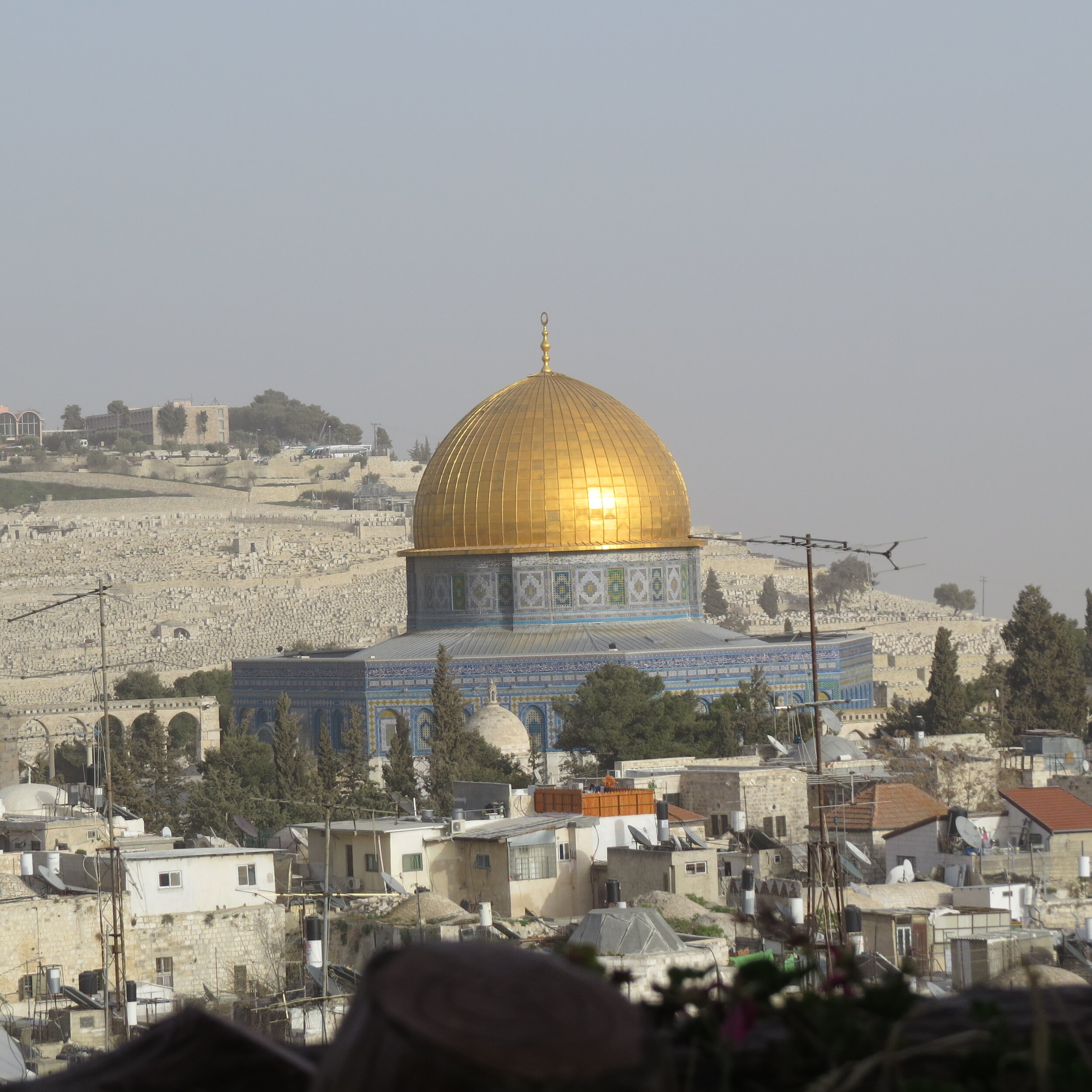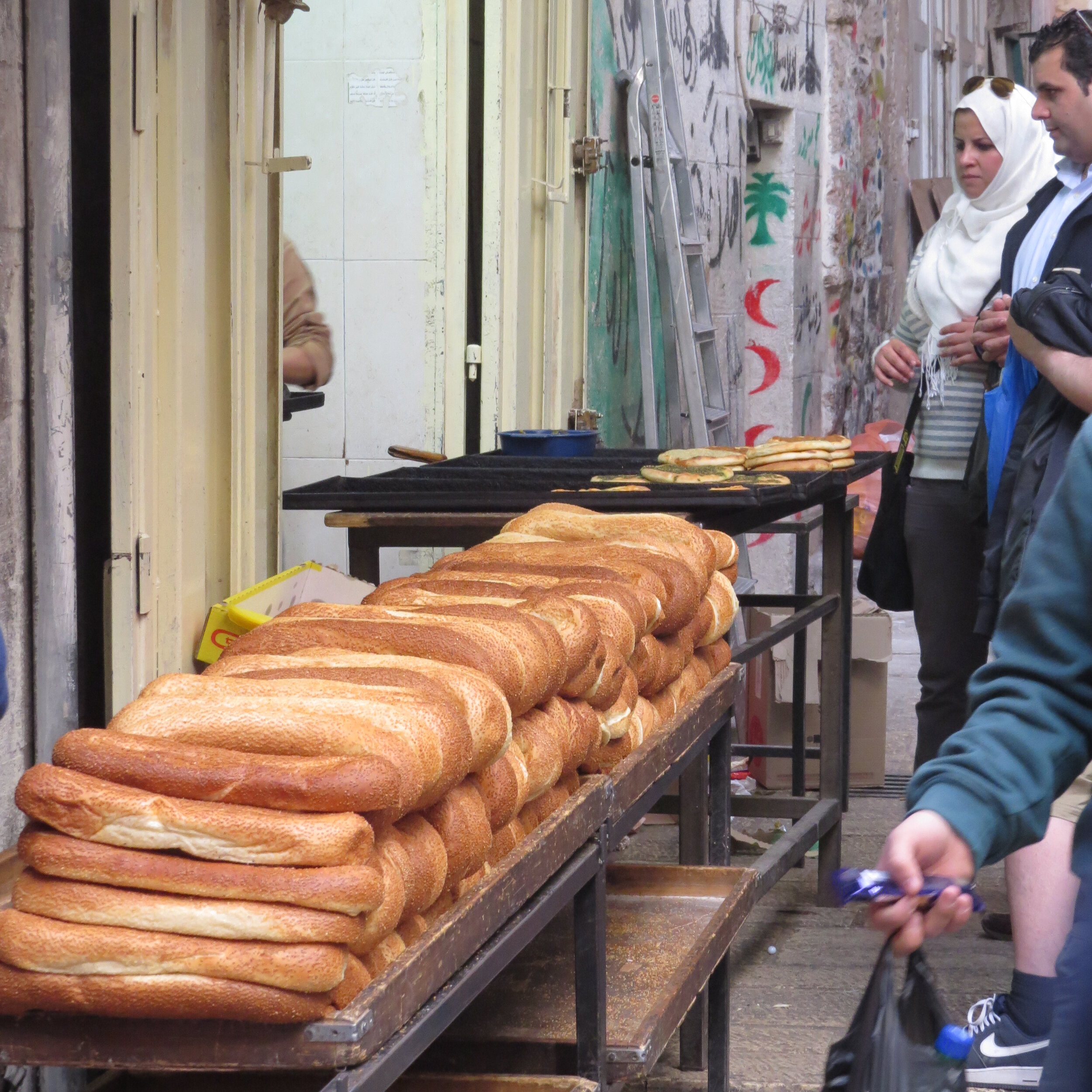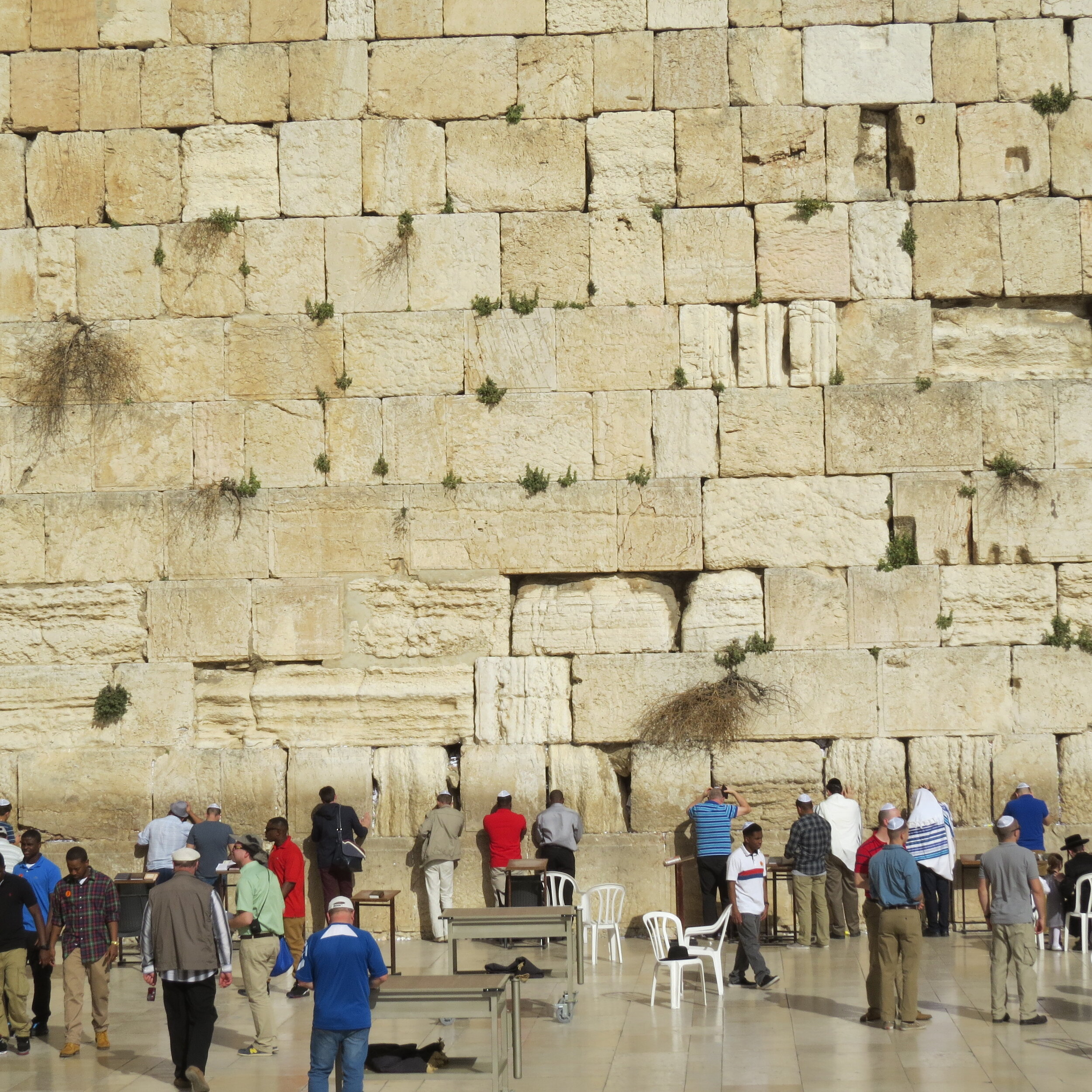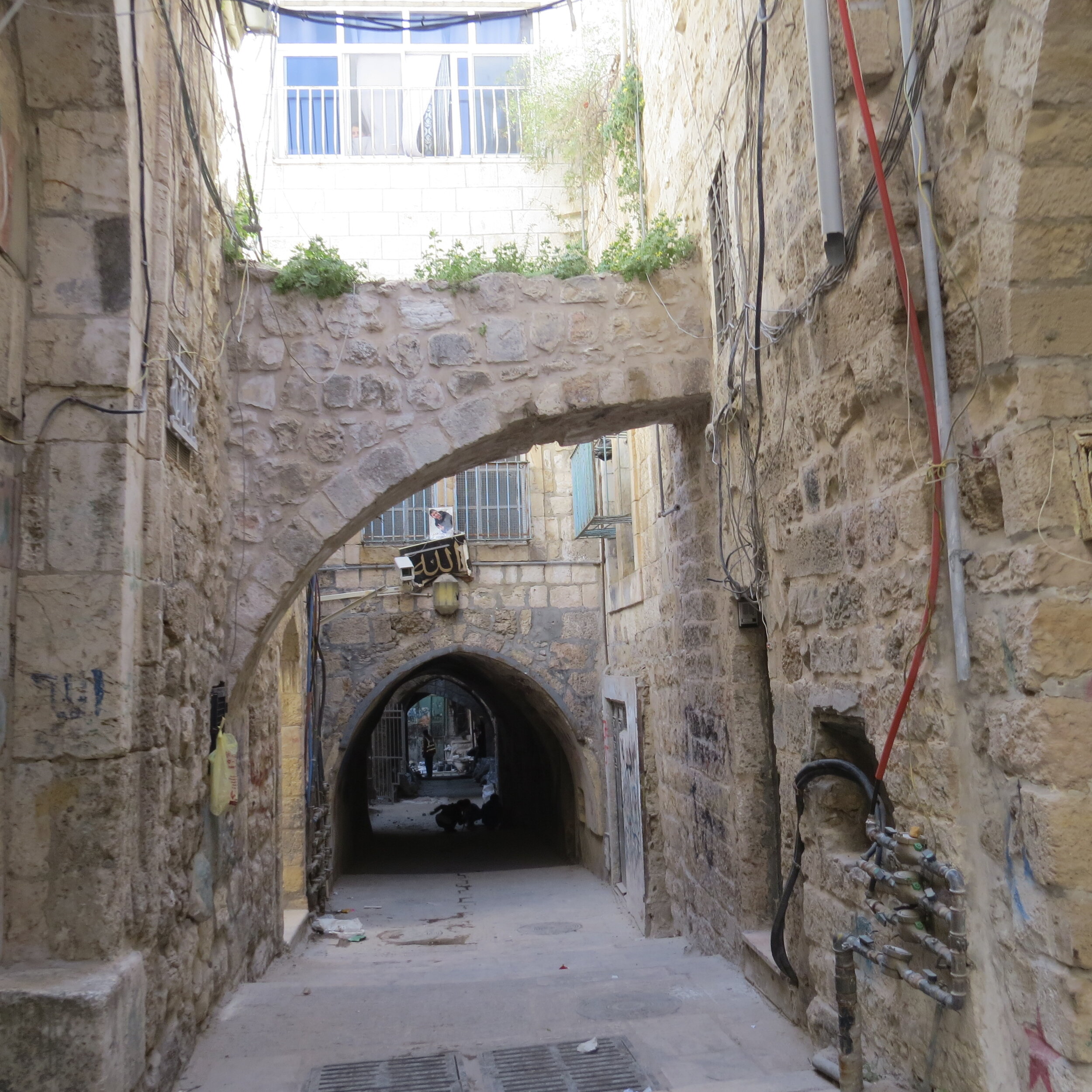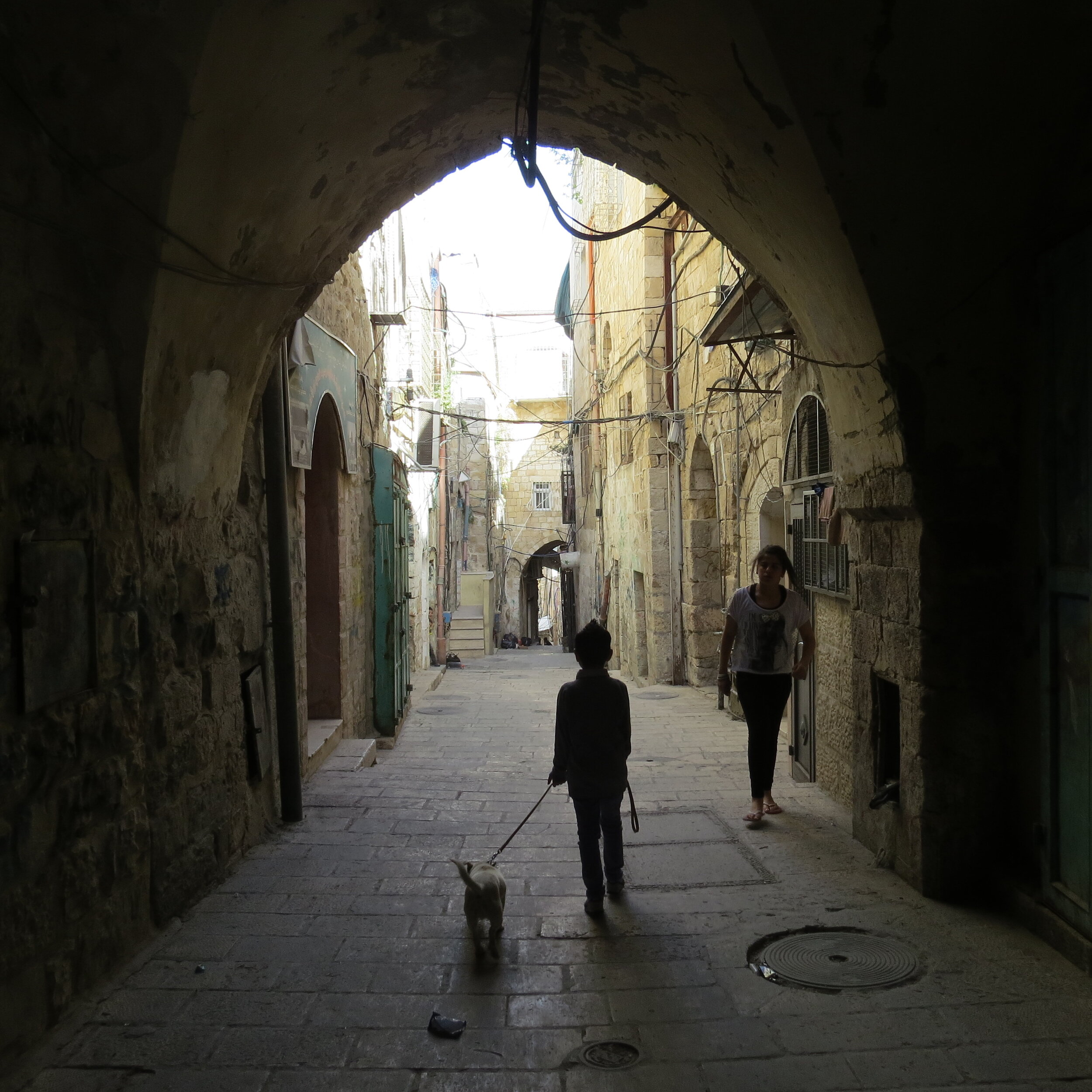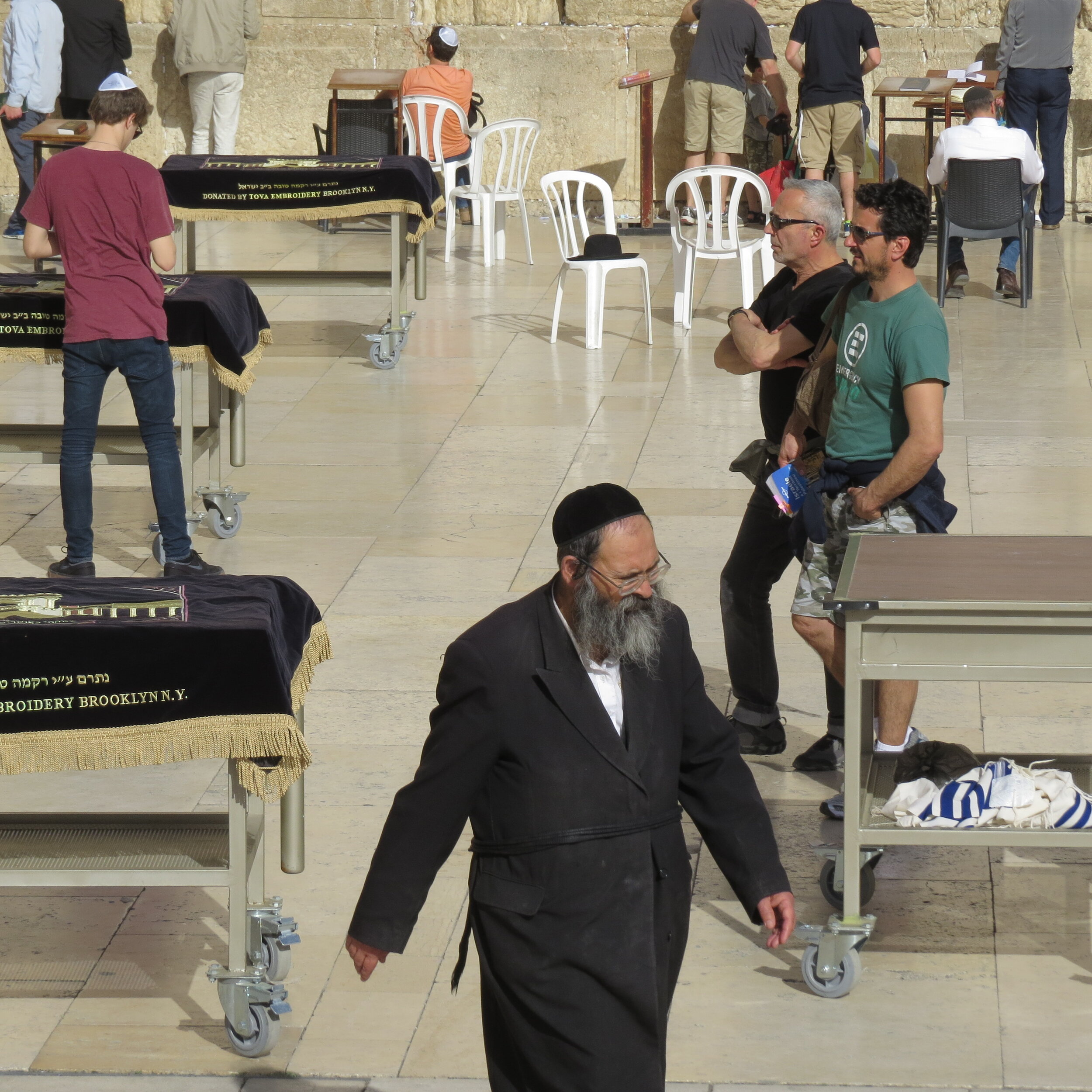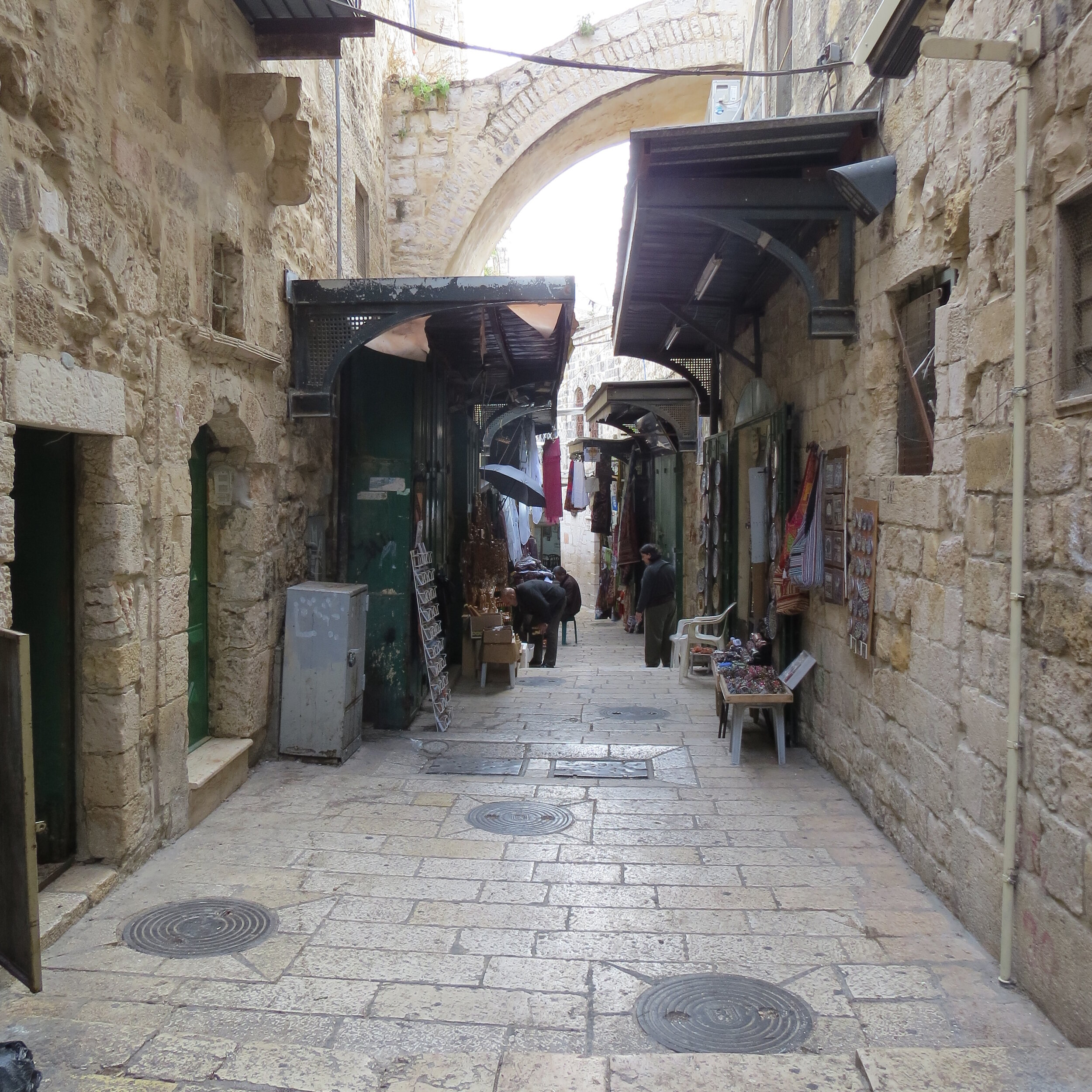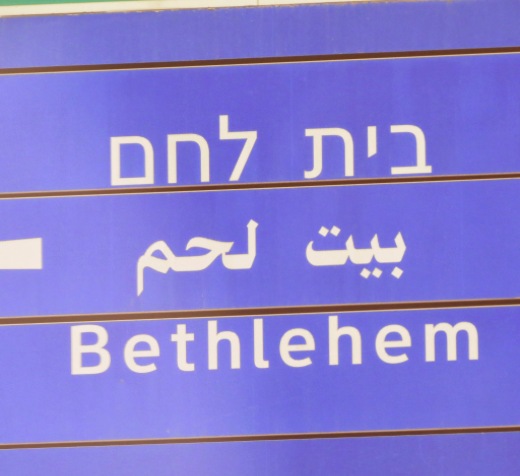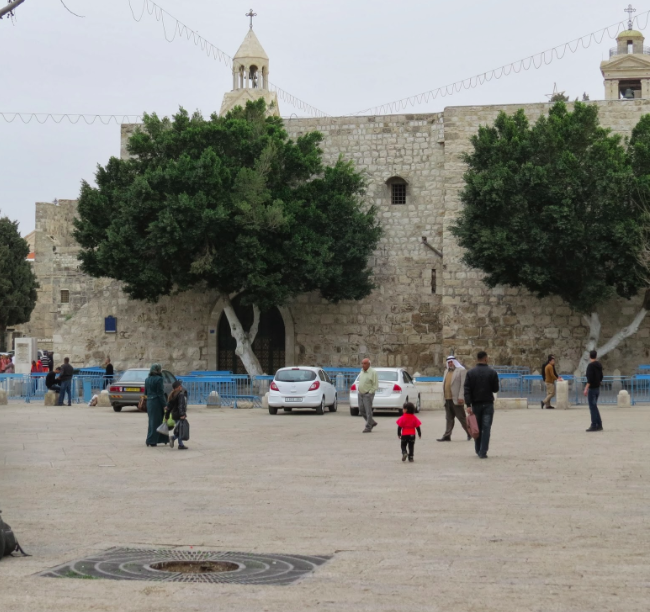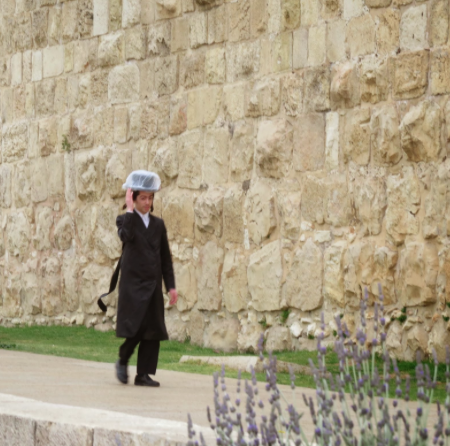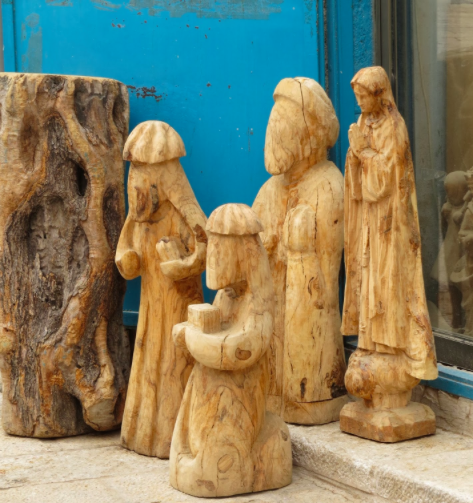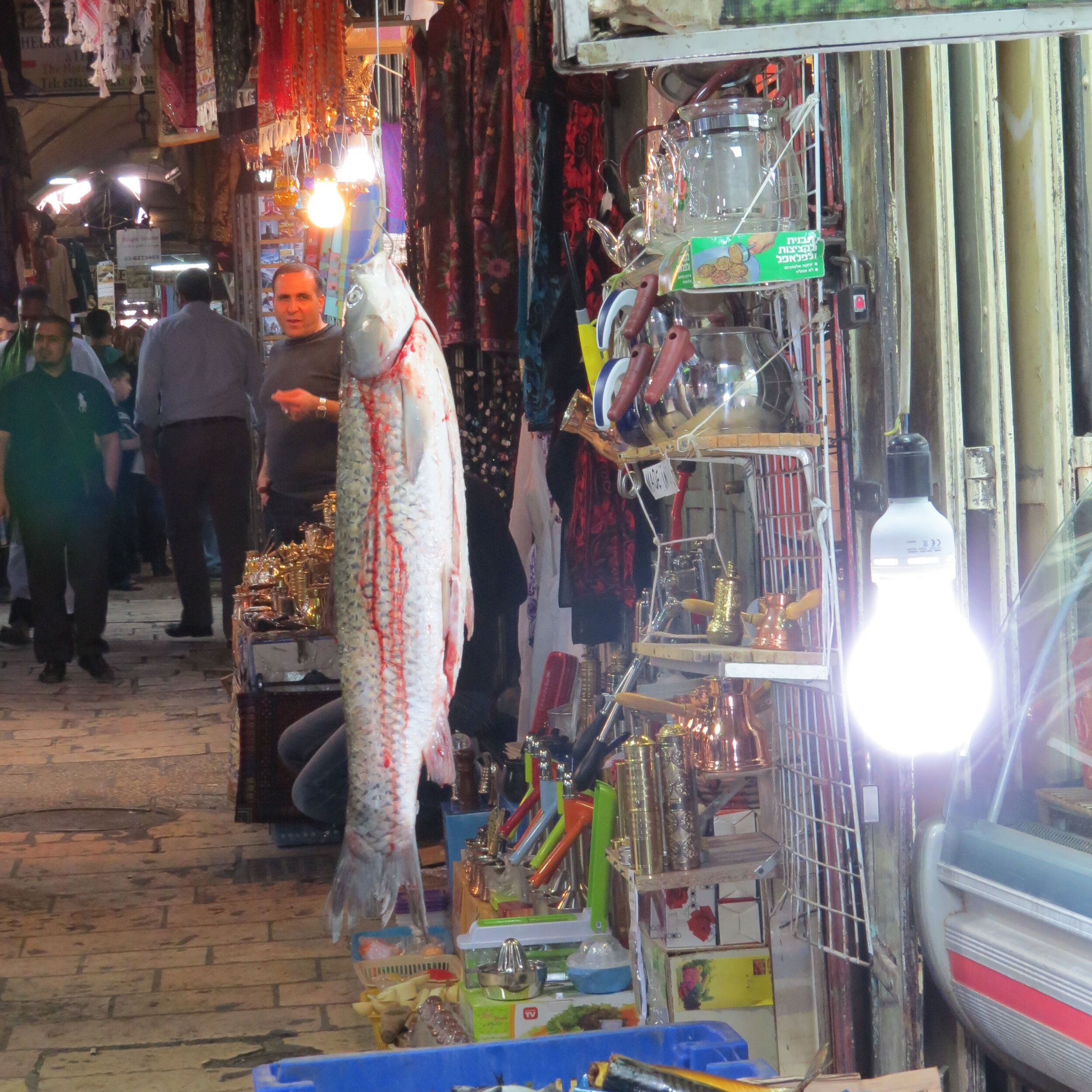Welcome to Jerusalem.
Israel. Palestine. The Holy Land.
Perhaps the most complicated, fascinating place I have ever had the honour to visit. I can’t begin to unravel, even comprehend, the personal tragedies that are shaped in this beautiful land.
The people, like their religions, are beautiful. But peace is a fragile commodity in this area. The book THE LEMON TREE: AN ARAB, A JEW, AND THE HEART OF THE MIDDLE EAST by Sandy Tolan helped me to understand it better but also made it clear that there is no easy solution. (See: BOOKS and scroll to Israel)
We were grateful for the opportunity to visit Israel to conduct writing workshops at an international school and made new friends here.
Having flown into Tel Aviv, we took a train straight from the airport into the city where we had booked an Air BnB apartment. People in Israel, by and large, are very welcoming and kind. Arriving at the Central Bus Station in Tel Aviv, we were told to go outside, cross a road and find a local bus stop for the bus ride to the hotel. We couldn’t find it for the life of us. Kees asked a taxi driver but he just tried to talk us into taking the taxi. A passing man stopped and asked “How can I help you?” He then proceeded to ask around, take us across the road and walked us to the bus stop.
As soon as we got on the bus, I showed the address to the driver and asked where we had to get off. He didn’t know. Instantly four or five people on the bus called out “Don’t worry! We will help you!” They whipped out cell phones, punched in the address we needed and each kept an eye on us to tell us where to get off the bus. Many asked “Where are you from? Ah! Canada. So far away! So beautiful!” Yet, we have to grin when we listen to people talking to each other. Using hands and arms, they can have very intense discussions and it sounds to us, as if they are always in a heated argument.
Jaffa
When we wear our big backpacks, they can easily see we are visitors. Strangers wave and smile ‘Shalom’, 'welcome to Israel', 'welcome to the Holy Land' as we pass by. One train conductor really went out of his way and brought us a schedule, told us where to stand on the platform. He talked so loudly that he attracted a crowd. Then he whipped out his cell phone and shared photos of a cheesecake, saying he really liked to bake. Everyone around us was in stitches.
After settling in to our B&B room, we strolled along the beach of the Mediterranean Sea to Old Jaffa – a beautiful sea port, with thick city walls and crooked little streets.
We loved the smoothies of fresh oranges, melon and banana sold by street vendors. The following day we took a small bus (almost too small for our large backpacks) north to a kibbutz.
We had kindly been invited by someone we’ve never even met, to stay here in a small cottage. Kibbutz Sdot Yam turned out to be in a lovely park setting dotted with houses and schools.
Loads of little children and dogs run rampant. Our little cottage is run down but cute – with a comfy bed and a tiny kitchen. We picked up soup, bread, tea and other essentials and love having our own little place here. The kibbutz originally based its economy on fishing, but today manages agriculture and cattle. The kibbutz's major source of income comes from its production of the Caesarstone brand marble counter tops.
Caesaria
The beach is gorgeous. I even had a little swim. Once settled, we set out to explore the area and discover that we are smack in the middle of an area that has been highly contested by many civilizations.
Some 2,000 years ago, ruling Roman emperor Herod decided it was an ideal location for a port. He had walls and a fortress built, as well as an entire city complete with baths, towers, an amphitheater and more.
Subsequently, Jews fought to control the city, but were conquered by Byzantine armies, which, in turn, were overthrown by Muslims, and then by Crusaders. Others came and went.
Walls fell down. Towers caved in and were restored. Synagogues made way for cathedrals that were razed in favour of mosques.
Now, the crumbling walls and remnants of this ancient city called Caeasarea, is in the backyard of Kibbutz Sdot Yam. Protected as National Park, Caesarea has an interpretive centre with a great movie and a fantastic hologram display which explains the history and introduced us to rabbis and emperors throughout the ages.
We walked along the old seats of the amphitheater and the arena where chariots used to race. Marble columns lay strewn among building blocks of coral.
We arrived in Jerusalem by train from Tel Aviv. At the station, we hailed a taxi and showed the Arab driver the address. He nodded and took off. We saw a tall stone city wall when he pulled over. I glanced around. “Where is the hotel?” I asked as he hauled our packs out of the trunk. He gestured toward a gate in the wall. “In there!” he said vaguely and took off.
The Damascus Gate
We approached the gate, which turned out to be the Damascus Gate. Until we arrived, I had NO idea that ‘in the old city’ means that, inside the ancient city walls, you can only travel on foot. There is no traffic within the old city walls because there are no roads wide enough to accommodate a car . They are medieval alleys. Through an absolute maze of alleys often not more than 3 meters wide, we tried to swim upstream against a solid stream of muslims in headscarves, Jews wearing skull caps, running children, salesmen selling leather bags, rugs, oranges, nuts, spices, breads and kitchenware. Nuns and monks joined the steam, as did tourists speaking many languages. Orthodox Jews, Palestinians, everyone shoulder to shoulder.
The stones have been worn smooth by millions of feet over hundreds and hundreds of years. Today, the Old City is roughly divided into the Muslim, Christian, Armenian and Jewish Quarters.
The hotel itself is much better than the sign!
We walked aimlessly through the labyrinth of alleys with our backpacks on, not really knowing how to find the hotel. Then, suddenly, we accidentally spotted a sign with the hotel’s name on it hanging above the street. Looking around, we noticed a door. There is only a front door, squeezed between a falafel place and a little shop. Hotel Hashimi, in the Arab quarters, is three stories tall, rising above the shops and alleys with a fabulous rooftop garden. Once you open the door to the hotel up you go – narrow marble staircase after narrow marble staircase. The first floor is a lobby with a desk, and with old, heavy wooden furniture where you can sit and have tea or coffee. We are on the next floor in a room not much bigger than the bed. But there is a private tiny bathroom with shower. And, unlike many places in the old city, it actually has warm water.
There are no windows except for a tiny window onto the hallway. This makes the place a bit noisy. The men are very loud and we often wake up to loud voices and laughter in the hallways.
On the 3rd floor is a place to have breakfast: falafel, hard boiled eggs, tomato, cucumber, hummus, cheese and lovely flaxseed cookies.
On the 4th floor is the best feature: a large roof top terrace. This might well be the only hotel in the old city where you can sit and look out over the entire city. Our view is over rooftops, minarets, church steeples, the white graves of the Mount of Olives, as well as over the jumble of historic streets that is old Jerusalem. Couldn’t be better. We sit here day and night, gazing at the surreal panorama.
My favourite moment comes when the Christian church bells chime over the city, joined by the melodious chant of the Muslim call to prayer. The sounds blend and drift together over the roof tops. If only people lived together as easily as these symbolic sounds.
Last night we were invited to join the hotel’s workers for a dinner of a huge platter with a kind of potato curry, with vegetables on the side. They all dipped in with fingers and with pita bread. Too bad we had just eaten… If you ever come to visit here, we do recommend Hashimi Hotel, with all its quirks and personality. The owners live part time in the US and speak perfect English.
In Spain, we were lucky to find something to eat, anywhere, before 9 PM. Here, in Jerusalem, we are lucky if we can still find a restaurant open at 6 PM, many close so early. In the Muslim Quarter the restaurants all seem to serve the same food. One of the best things is the freshly squeezed juice: oranges, grapefruits, anything. They just put it in a large squeezer and voila! For dinner each night we have about six different salads (creamy cucumber, creamy tomato, something identified on one menu as ‘colslo’ – meaning coleslaw – hummus, pita bread and sheskabab of lamb or chicken. No beer or wine. The Muslim Quarter is dry.
It’s interesting to note that the ‘H’ in hebrew is pronounced as a ‘G’ – a harsh, guttural ‘g’. So a town named HaHaGaNa is pronounced Ga-a-gana. Today someone who passed us said “Ghai!” instead of ‘hi’!
We walked the sloping cobblestone streets to the Wailing Wall. Wow. What a touching place to be. Such history. We watched as men and women enter separate areas to pray, leaving wishes scribbled on paper in the cracks of the ancient wall.
We visited the Church of the Holy Sepulchre in the Christian Quarter. According to traditions dating back to the fourth century, it contains the two holiest sites in Christianity: the site where Jesus was crucified at a place known as Calvary or Golgotha. It was very touching to walk the Via Dolorosa and its Stations of the Cross, the route that Jesus is said to have walked to his crucification and which, today, is walked by many Christians softly singing psalms.
Of course we wanted to visit Bethlehem while we were here. It was so very different from what I had imagined…
The best advise we can now give anyone wanting to visit Bethlehem: don’t book a tour.
For months we studied websites and travel guides. We had read all about the different companies and the options for tours. You can choose one day tours or half days. Each advertises with the fact that “all admissions are included but not lunch.” The average tour costs between US $75 and US $100.- per person.
Manger Square, Bethlehem
Since we couldn’t decide, we figured we’d wait till the last minute and book something once we got to Jerusalem. Once here, we discovered that we could simply take the ‘Arab bus’, just outside the Damascus Gate and a five minute walk from our hotel, from Jerusalem to Bethlehem for 8 shekels (less than $3).
There ARE no admissions anywhere. We did not have to move in a large group of tourists all day. Apparently the line-ups for individuals are shorter than for tour groups AND a shop owner told us “You are on your own? No tour bus? No guide? Ah! I gave you 30% discount!” So this day cost us a lot less than if we had opted for a tour.
We had fun going on the bus with many locals but also a fair number of westerners. On the way out of Jerusalem we noticed lots of Orthodox Jews wearing traditional large black hats, long curls, prayer shawls. It is Shabbat so many were walking along the streets. When it rains lightly, out come large plastic covers for the huge fur hats.
Bethlehem in located in the Palestinian jurisdiction. The bus drove through the check point where we showed our passports. It’s just a 20 minute ride from Old Town Jerusalem. Bethlehem is more like a suburb, and very similar to Jerusalem in that it is a big, crowded city with lots of traffic. No cute little manger or inn in sight… Not even signs to Manger Square. But we only walked the wrong way once. It rained for a few minutes and the age-old streets are slippery as ice – smooth worn cobblestones. Lots of little shops selling nuts, sponges, leather ware, spices. One man with an enormous jug was selling Turkish coffee in the street.
Manger Square, Bethlehem
We made it to Manger square where there are many shops, restaurants, a bank, even a Starbucks. No room to sit at Starbucks with so many tourists. There are some old remnants of walls but much is newly build. The grotto where Jesus is said to have been born, is covered by a church that has seen different religions and has been restored numerous times. Like many historic places, this slightly diminishes its authenticity for us. But the people are so interesting to watch. I noticed today how similar Catholic nuns in their long black robes and white headgear, look to Palestinian women who often wear the same long black skirts and tight, white head dress.
We watched wood carvers make items like smoothly sanded crosses and mangers from olive wood. Of course, we bought a nativity scene for our grandsons in Bethlehem. And we admired beautiful Palestinian hand embroidered clothing. Even though there is nothing Christmassy in sight, in Bethlehem, it felt very special to walk along these millennia old streets, among people whose work, food and clothing does not seem to have changed a whole lot since then. Except for cell phones and wifi everywhere. And halogen bulbs in the old candelabra of the Church of the Nativity – signs of the times.
As with all travel, along the way, we learned many things we did not know: for instance, we were surprised to learn that orthodox Jews do not serve in the Israeli Army, even though this is their own country. Arabs do not serve, which is understandable in terms of politics and religion. This leaves a relatively small section of the population that has mandatory military duty.
I’m glad we did not rent a car…
Along major highways, signs are bilingual or trilingual - in Hebrew, Arabic and English. But in most other places, they are only in Hebrew. My first reaction when we arrived, was that we could have rented a car to drive around. Traffic is fairly civilized, although some drivers are crazy and lines on the roads seem to be mere suggestions. But the further we traveled around the country, the more we realized that streets don’t have names, in many places, and that many Hebrew signs are not decipherable at all. It would have been very difficult to find our way around, unless you have a very good GPS.
Even restaurant menu’s are in Hebrew only. We have no idea what we order but ‘beer’ seems to work in all languages. When I asked for white wine, it came in a large glass, more than luke warm, it was very warm. I asked for ice. No ice. Did I want cold wine? Well, then they had red wine for me. It was ice cold. Oi, tradition!
Leaving Jerusalem to return to Tel Aviv on the coast, we found a great taxi driver who jovially offered to drive us not just to the train station but all the way past Tel Aviv and to the door of the hotel, for less than half the normal cost because “he had to go that direction anyway”. He entertained us all the way with loud stories, using his arms and hands more for storytelling than for driving.
When he heard we were originally Dutch, he shouted “Ah! Allés ghood!” When he heard we were from Canada, his face lit up. “Ah! Solomon!” I wrecked my brain for any biblical knowledge of Solomon.
Fresh ‘solomon’…
“Fresh Solomon,” he continued throwing his arms up and forward as if reeling in a big catch, “You go fishing for fresh solomon?” Ah, salmon…
The taxi drove through the corridor, from Jerusalem to the rest of Israel, through the Westbank. Both sides are protected by huge concrete walls and barbed wire fences, with the occasional check point to cross into the Westbank. It reminds us of the Berlin Wall. And it is in such sharp contrast to the people who are all so kind and outgoing – the Palestinians, the Jews, the Arabs and the Christians alike. All are so friendly and have made us feel very welcome in Israel, their contested homeland.
• Check out: http://www.caesarea.com/en/home/tourism-and-leisure/harbor/general-info/caesarea-harbor-national-park-map
• Hashimi Hotel, Jerusalem: https://www.hashimihotel.com/
• Bus Jerusalem to Bethlehem: https://www.touristisrael.com/get-jerusalem-bethlehem/19515/
• Read about our long distance hike in Israel here: https://www.globetrottingbooklovers.com/blog/hiking-the-galilei-on-the-jesustrail
Books - then scroll down to Israel.

